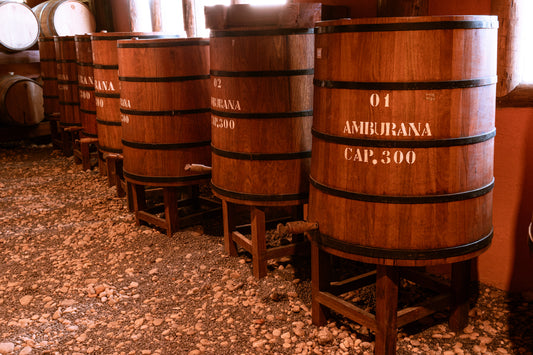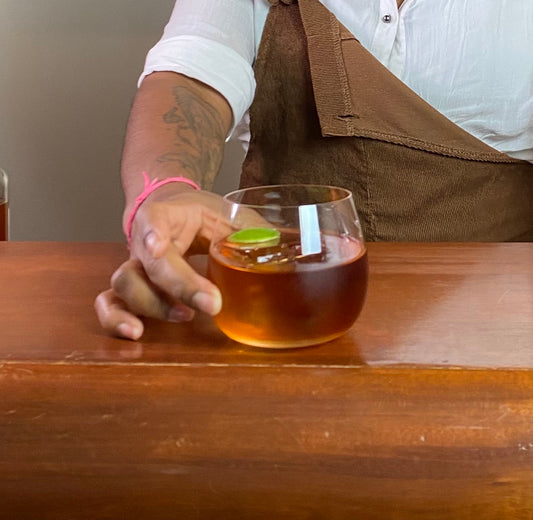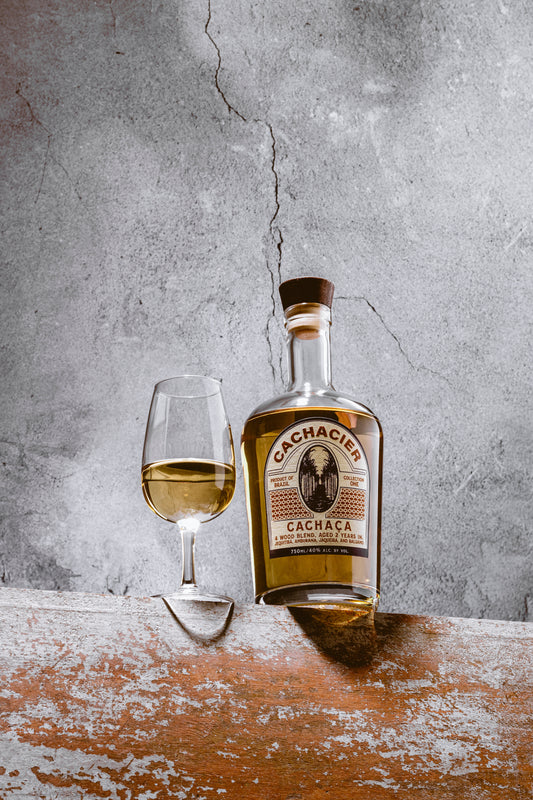Aging cachaça
The maturation of alcoholic beverages in wood is an art that has been practiced for more than 2 thousand years. In Brazil, as in many other places, wooden vessels were used to transport and preserve beverages. But, when people learned that the container could add differentiated and much appreciated flavors to fermented and distilled beverages, the practice became common in the production process of alcoholic beverages.
Brazilian producers have embraced aging as a major part of their production. Though oak remains an essential wood, native woods, including amburana, balsamo and jequitibá, are increasingly used to differentiate cachaça from other distilled spirits. These are four of the most common types of wood used to age cachaça.
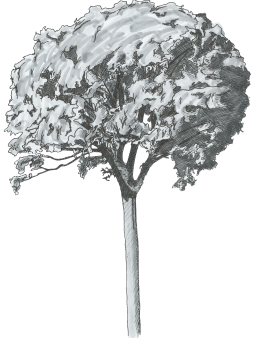
Jequitibá:
(Cariniana legallis)also called Balsam in English
Found in:
Acre, Southern Bahia, Central-West, and in the South region of the country.
Impact on cachaça:
Contributes notes of vanilla that may intensify the sweetness of the spirit.
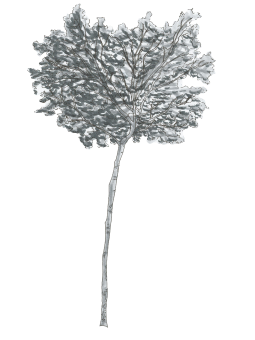
Amburana:
(Amburana cearenses)also called Imburana or Umburana
Found in:
Northeast, Central-West and Southeast of Brazil
Impact on cachaça:
Large volume vessels provide a pale, yellow color. Aromas and flavors of vanilla, cloves, cinnamon and other spices.
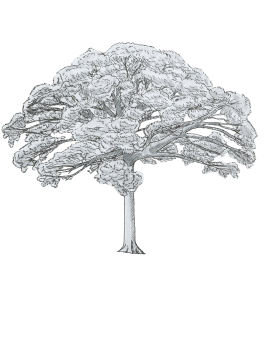
Jaqueira:
(Artocarpus heterophyllus)also called Jackfruit in English
Found in:
Nearly all of Brazil
Impact on cachaça:
Intense sweetness accompanied by spices
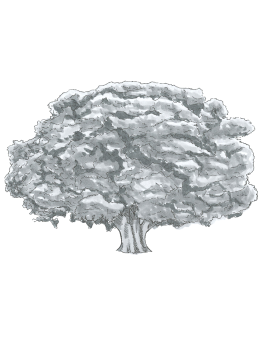
Balsamo:
(Myrocarpus frondosu)also called Balsam in English
Found in:
Southern Bahia to Rio Grande do Sul (Atlantic Rainforest)
Impact on cachaça:
In new barrels, cachaça appears with reddish-amber tones and a woody, vegetable-like palate.
Illustrations Courtesy of P.J. BLAIR



